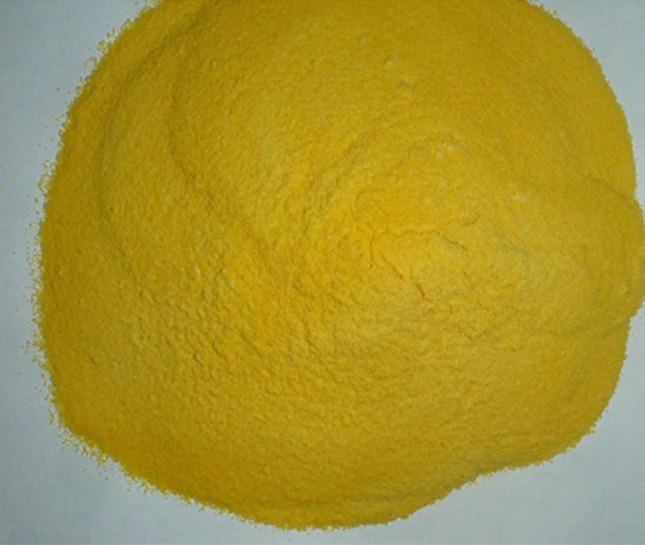Diethylenetriamine Penta Methylene Phosphonic Acid Applications and Benefits for Industrial Use
The Importance of Diethylenetriamine Penta (Methylene Phosphonic Acid) in Modern Applications
Diethylenetriamine penta (methylene phosphonic acid), commonly referred to as DTPMPA, is a highly versatile compound that plays a crucial role in a variety of industrial and environmental applications. This article explores the chemical properties, synthesis, and diverse utilizations of DTPMPA, underlining its significance in modern technology and environmental strategy.
Chemical Properties and Structure
DTPMPA belongs to the class of amino phosphonic acids. Its chemical structure features five phosphonic acid groups attached to a diethylenetriamine backbone, which contributes to its complex behavior in various chemical environments. This unique structure allows DTPMPA to act as a highly effective chelating agent, forming stable complexes with metal ions, which enhances its functionality in various applications, especially in water treatment and industrial processes.
Synthesis of DTPMPA
The synthesis of DTPMPA involves a multi-step process that typically includes the reaction of diethylenetriamine with phosphorous acid and subsequent treatment to ensure the desired degree of phosphonation. The resulting product is a colorless to pale yellow liquid that is soluble in water and exhibits excellent stability across a range of pH levels. The synthetic route and the purity of the final product are crucial factors that impact its effectiveness in real-world applications.
Applications in Water Treatment
One of the most significant applications of DTPMPA is in water treatment. It is a powerful scale inhibitor, functioning to prevent the formation of mineral deposits in boilers and cooling systems. When used in combination with other chemicals, DTPMPA can effectively control scaling caused by calcium, magnesium, and other metal ions, thereby enhancing the efficiency and longevity of equipment. Furthermore, its chelating properties help facilitate the removal of heavy metals from industrial wastewater, making it an essential component in environmental cleanup efforts.
diethylene triamine penta methylene phosphonic acid

Role in Oil and Gas Industry
In the oil and gas sector, DTPMPA serves multiple purposes, including as a stabilizing agent in drilling fluids and as a corrosion inhibitor. Its ability to bind with metal ions minimizes the risk of corrosion in oil pipelines and storage tanks, thereby reducing maintenance costs and extending the life of infrastructure. Additionally, DTPMPA is employed in enhanced oil recovery processes, where it helps to optimize the extraction of oil by improving the mobility of trapped hydrocarbons within reservoirs.
Agricultural Applications
DTPMPA also finds applications in agriculture, particularly as a fertilizer additive. Its capacity to chelate micronutrients such as iron, zinc, and manganese allows for improved nutrient availability to plants, enhancing crop yields and quality. This capability is especially important in areas with poor soil profiles or where the availability of essential nutrients is limited. By facilitating nutrient absorption, DTPMPA contributes to sustainable agricultural practices that aim to maximize productivity while minimizing environmental impacts.
Conclusion
The significance of diethylenetriamine penta (methylene phosphonic acid) extends beyond its chemical properties; it embodies the intersection of science and practicality in addressing modern challenges. Its applications in water treatment, oil and gas, and agriculture highlight its versatility and importance in various sectors. As industries increasingly seek sustainable and efficient solutions, compounds like DTPMPA will undoubtedly continue to play a vital role in driving innovation and meeting the demands of a growing global population.
In summary, the continuing research into DTPMPA and its formulations promises to enhance its applications further, consolidate its position as a crucial material in various industrial fields, and contribute positively to environmental management efforts. Whether in ensuring the efficiency of industrial operations or supporting agricultural productivity, DTPMPA exemplifies the critical role of advanced chemicals in fostering sustainable practices and technological progress.
-
Water Treatment with Flocculant Water TreatmentNewsJun.12,2025
-
Polymaleic AnhydrideNewsJun.12,2025
-
Polyaspartic AcidNewsJun.12,2025
-
Enhance Industrial Processes with IsothiazolinonesNewsJun.12,2025
-
Enhance Industrial Processes with PBTCA SolutionsNewsJun.12,2025
-
Dodecyldimethylbenzylammonium Chloride SolutionsNewsJun.12,2025





